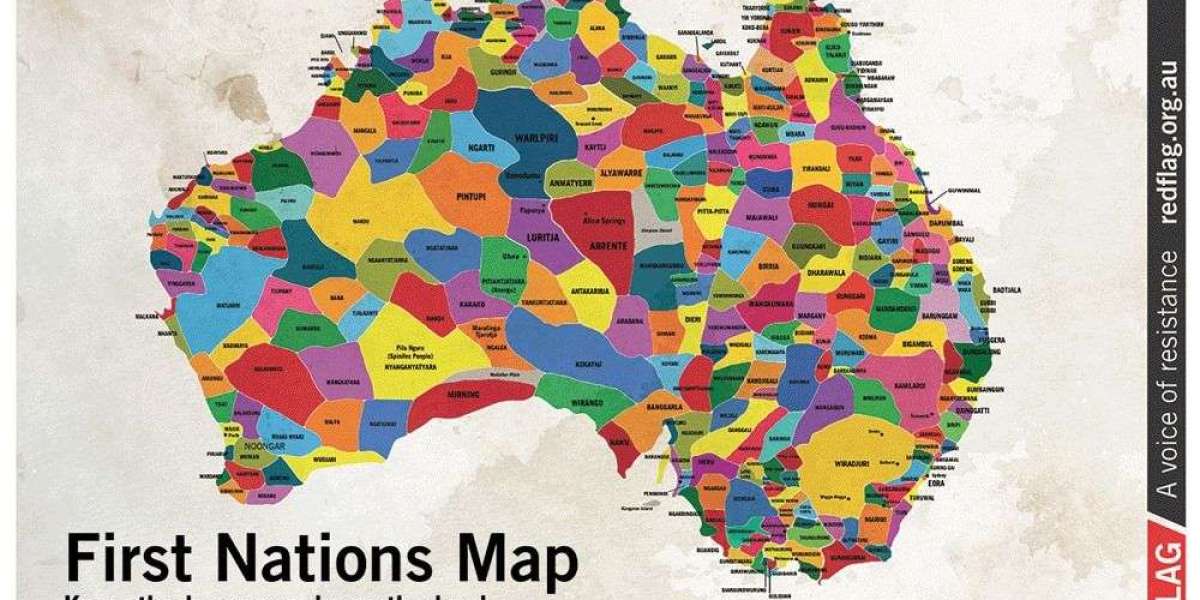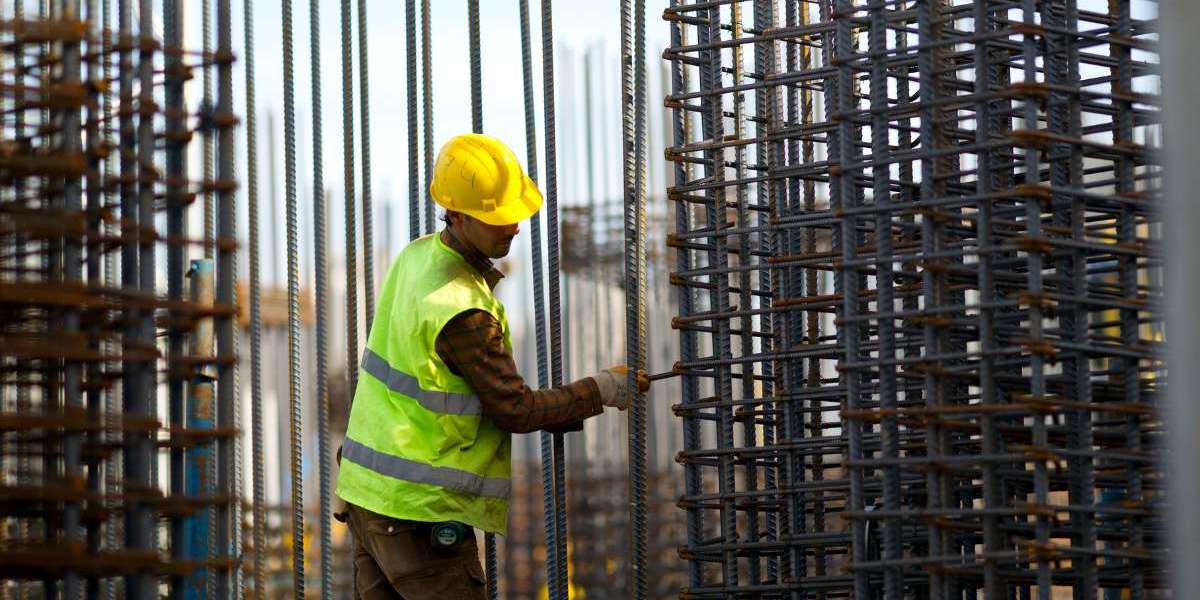First Nations people are the original inhabitants of Kanata or as it is now known, Canada. Kanata is from the Iroquoian word for settlement or village and was used by the early french colonists in the 16th century. First Nations were the first distinct nation groups to greet European colonists and establish their own alliances with the English and French.
According to the 2016 Census (Statistics Canada), 977,230 people in Canada identified as being of First Nations heritage, a growth of 39.3 per cent since 2006. There are 634 First Nations in Canada, speaking more than 50 distinct languages. (Canadian Encyclopedia)
Traditional Timeline
The First Nations have called North America home for tens of thousands of years using the natural resources all around them to satisfy their material and spiritual needs and developing sophisticated and unique cultures, languages and histories.
Treaties
After the Seven Years War, one of the first of many treaties was signed: The Royal Proclamation of 1763 followed a year later by the Treaty of Niagara that together were intended to lay the foundation for a peaceful Nation-to-Nation coexistence:
In the Royal Proclamation, ownership over North America is issued to King George. However, the Royal Proclamation explicitly states thatAboriginal titlehas existed and continues to exist, and that all land would be considered Aboriginal land until ceded by treaty. The Proclamation forbade settlers from claiming land from the Aboriginal occupants, unless it has been first bought by the Crown and then sold to the settlers. The Royal Proclamation further sets out that only the Crown can buy land from First Nations.
Indigenousfoundations.arts.ubc.ca
The Treaty of Niagara ratified the 1763 Covenant and further defined the relationship between the Crown and the Indigenous people. The main take away of the Covenant and the Treaty was that Indigenous territory could only be relinquished by treaty. Since then, there has been numerous numbered treaties and modern treaties .
Assembly of First Nations (AFN)
The Assembly of First Nations (AFN) is a national advocacy organization representing First Nation citizens in Canada, which includes more than 900,000 people living in 634 First Nation communities and in cities and towns across the country.
First Nation leaders (Chiefs) from coast to coast to coast direct the work of AFN through resolutions passed at Chiefs Assemblies held at least twice a year. The AFN National Executive is made up of the National Chief, 10 Regional Chiefs and the chairs of the Elders, Womens and Youth councils. Regional Chiefs are elected every three years by Chiefs in their regions. Chiefs, who are elected by the citizens and members of their respective communities, elect the National Chief every three years.
The role of the National Chief and the AFN is to advocate on behalf of First Nations as directed by Chiefs-in-Assembly. This includes facilitation and coordination of national and regional discussions and dialogue, advocacy efforts and campaigns, legal and policy analysis, communicating with governments, including facilitating relationship building between First Nations and the Crown as well as public and private sectors and general public.
AFN Members
| Province/Territory | AFN Member |
|---|---|
| British Columbia | Union of BC Indian Chiefs |
| First Nations Summit of BC | |
| Alberta | Confederacy of Treaty No. 6 First Nations |
| Treaty 8 First Nations of Alberta | |
| Saskatchewan | Federation of Sovereign Indigenous Nations |
| Manitiba | Assembly of Manitoba Chiefs |
| Manitoba Keewatinowi Okimakanak | |
| Southern Chiefs Organization | |
| Ontario | Chiefs of Ontario |
| Anishinabek Nation, Union of Ontario Indians | |
| Association of Iroquois Allied Indians | |
| Nishnawbe-Aski Nation | |
| Quebec-Labrador | Grand Council of the Crees |
| Innu Nation | |
| Assembly of First Nations Qubec-Labrador | |
| Nova Scotia | Union of Nova Scotia Indians |
| Confederacy of Mainland Micmacs | |
| Atlantic Policy Congress of First Nations Secretariat | |
| Prince Edward Island | Mikmaq Confederacy of PEI |
| New Brunswick | Union of New Brunswick Indians |







